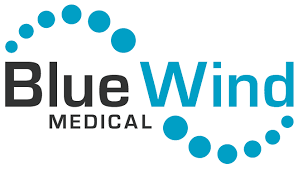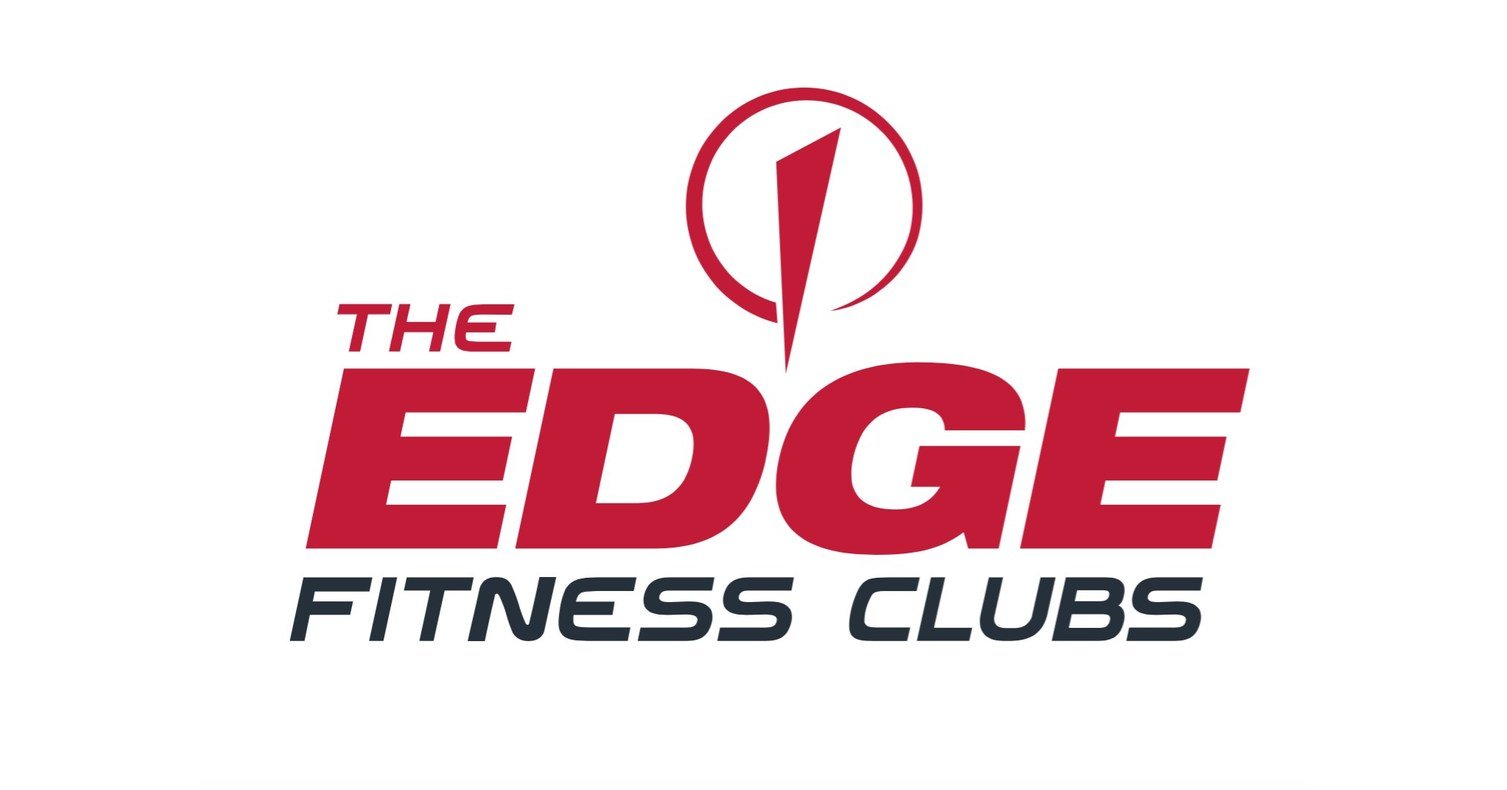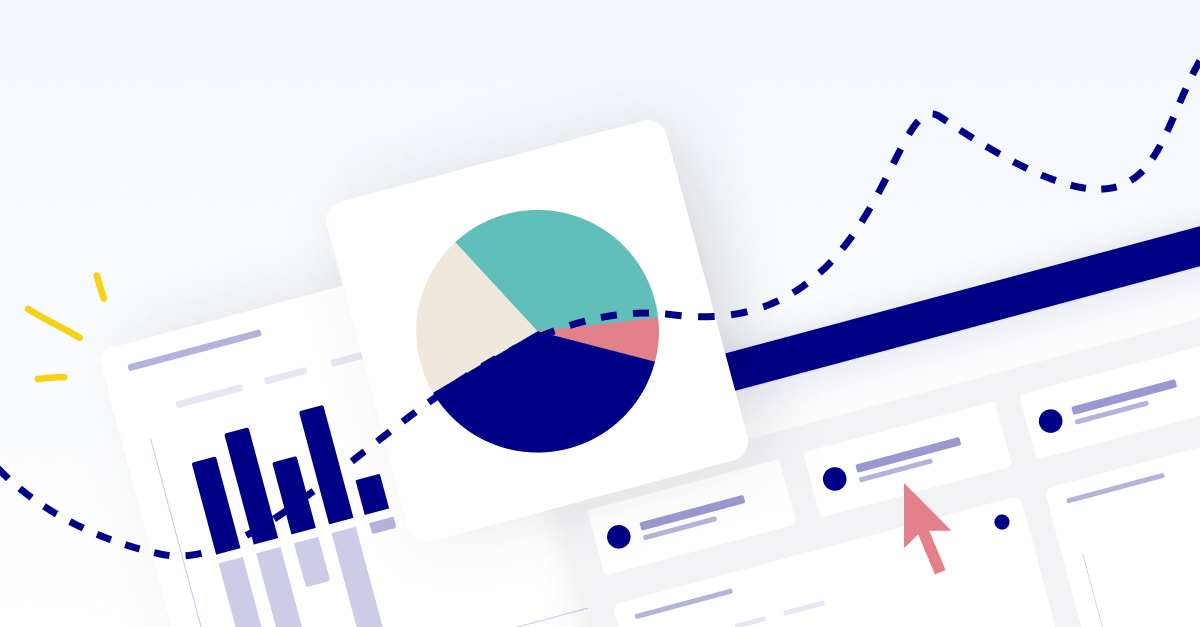What are business drivers?
A business driver is a business activity that boosts revenue and operations. CIO Wiki defines one as “a resource, process or condition vital for the continued success and growth of a business.” These functions or actions don’t rely on other activities to achieve business results and act as key variables in driver-based planning.
Business and operational drivers are actionable, measurable activities. Measuring business drivers and metrics reveals information critical for making better business decisions.
What is driver-based planning?
You want to include the factors that drive success into your planning process.
The driver-based planning process uses these factors to perform financial modeling. By scenario planning with your key drivers, you can understand the impact of different strategies. Driver-based models makes you more nimble: now you can react to shifts in the market.
- Driver-based planning is a preferred method of modeling long-term strategy. A driver-based model allows FP&A teams to look at scenarios while keeping factors like cash flow, revenues, and production costs in mind.
- Using a driver-based forecast allows business leaders to focus on the most impactful aspects of the budget. A driver-based rolling forecast gives you data to adjust assumptions and scenarios with agility.
As a driver-based planning example, let’s say that field salespeople are a known, critical revenue driver for your business. Finance can estimate costs (travel, communication tech, trade show budgets, and marketing spend) from the number of salespeople needed to meet quarterly or annual goals.

How to determine your business drivers
Because every business operates uniquely, the prime movers for revenue and cost will vary meaning driver-based planning looks different for every organization. There are many factors at play, but some of the most prominent in the financial planning process are:
- Industry
- Company longevity
- Business model
- Company size
- Geographic or virtual location
- Market competition
- Tech stack maturity
The benefits of driver-based models and planning lie partly in its flexibility. It allows business leaders to plan, budget, and analyze actuals based on your company’s unique business value drivers and circumstances.
To identify your critical business drivers for use in driver-based models, look at your financial reports (the 3-statement model). Investigate with a root cause analysis.
For each line item in the financials, ask yourself: What’s behind this number? Drill down until you reach a logical termination point.
What financial and operational drivers most affect revenue numbers in your business?
Say you have a consultancy. Discovery calls are the primary source of warm leads and closed-won business.
- What is your average close rate (as a percentage)?
- What is your average deal size for a closed-won?
- How many discovery calls are needed to generate that close rate?
- How many discovery calls can your average salesperson conduct per day/month/quarter?
In this case, your number of salespeople might be a driver for your business and should factor into your driver-based planning. Increasing high-performing sales team members will increase your close-won rate and revenue. So to drive growth, your business may focus on building a high-quality sales team.
Identifying and tracking these critical factors will give you an accurate pulse on your business and how to drive growth.
15 key business drivers to consider
By establishing at least five business drivers, you’ll know what to track and how to track and report on changes for driver-based planning. For some inspiration, here are fifteen of the top business drivers companies track and manage to forecast the road ahead.
- Financial performance: Financials drive investments, which drive growth and revenue. Historically solid financial performance is sometimes the best driver of future performance.
- Funding: With strong financial statements and reporting, investors feel confident about funding. Growth equity and venture capital greatly impact planning and reaching goals.
- Talent pool: Having the right people and skills in your company boosts the odds of successful projects and continued growth. Talented teams (production, engineering, marketing, customer service, and executives) with vision and cooperation often serve as the foundation for success.
- Capital access: Access to capital funds investments in technology, production, and hiring.
- Salespeople: When you have a great product or service, your sales team often leads the way in delivering it to customers. A sufficient sales force with the right skills and training is essential for maintaining a buyer pipeline.
- Cost efficiency: When it comes to growth potential, it’s not what you make but what you save while making it. Cost efficiency can be a major driver in retaining profit and stabilizing operations. For SaaS companies, this might be your magic number.
- Profit margin: With better cost efficiency and strategic spending, companies enjoy a wider margin on sales. You can reinvest that extra capital for continued growth or preserve it for handling future downturns and challenges.
- Production cycle: Time is money, and less time in production means a faster sales cycle. Production times serve as a vital metric for operational performance.
- Potential market size: Growth requires access to a strong pipeline of new customers. Where there’s room to expand market share, the conditions become ripe for growth.
- Customer loyalty: Loyalty is tied to customer lifetime value (LTV), which drives healthy recurring revenue.
- Employee turnover: Growth relies on knowledge. Low turnover reduces employment and training costs (saving money). It also keeps high-performing employees in the company.
- Assets: Your portfolio of assets allows you to produce and develop products. It’s also a valuable tool for accessing liquid cash if needs arise. This flexibility allows the company to adapt to market changes and drives growth during uncertain times.
- Debt: Well-managed debt can be a driver when it funds revenue-generating services, products, and materials. Debt management can help your available cash go further and work more efficiently.
- Technology: As digital transformation grows, a mature tech stack can serve as a business driver, enabling companies to do more with less, drive growth, and stabilize cash flow.
- Inventory: Maintaining inventory levels ensures steady customer sales while limiting over-investment and warehousing. Effective resource planning can be a driver of predictable revenue and cost reduction.
Benefits of driver-based planning
While driver-based planning isn't the best approach for every company, there are many benefits for those that use it successfully. Some benefits of driver-based planning include:
-
Close alignment with strategic planning. Instead of a one-size-fits-all planning process, driver-based planning tailors strategy to what will drive success for a company.
-
More flexibility and iterative analysis. By monitoring the cause and effect of certain drivers with in the business, companies can iterate strategy as needed. This makes for a more flexible approach and opportunity to pivot if needed.
-
More focus and precision. Instead of trying to boil the ocean, organizations can focus on the drivers that actually lead to business success. This leads to more focus and productivity.
-
Opportunity for scenario planning. With certain variables identified in driver-based planning, organizations can build out strategies with multiple scenarios in mind for each driver. This helps an organization get ahead of the game with a proactive strategy.
-
Cross-functional collaboration. When identifying key drivers for financial planning, finance needs input from across the organization. Driver-based planning naturally creates a collaborate approach to goal setting and execution.
Challenges in driver-based planning
While driver-based planning offers numerous benefits for financial forecasting and strategic decision-making, implementing it successfully comes with its fair share of challenges.
Understanding and addressing these challenges is essential for organizations seeking to leverage this approach effectively. Let’s explore some of the common hurdles:
Data Availability and Quality
One of the primary challenges in driver-based planning is the availability and quality of data. Developing accurate forecasts relies heavily on accessing relevant and reliable data sources. However, organizations often face issues with incomplete, outdated, or siloed data, making it challenging to identify and incorporate the right drivers into the planning process.
Complexity in Model Development
Creating robust driver-based models requires a deep understanding of the business and its underlying drivers. As organizations grow in size and complexity, so do their planning models. Developing and maintaining intricate models that accurately capture the relationships between various drivers and financial outcomes can become increasingly complex.
Changing Business Environment
In today’s business landscape, change is constant. External factors such as economic conditions, market trends, regulatory requirements, and technological advancements can significantly impact business operations and performance drivers. Adapting driver-based plans to accommodate these changes requires agility and flexibility.
Resistance to Change
Implementing driver-based planning often necessitates a cultural shift within an organization. Resistance to change from stakeholders across different levels can pose a significant barrier to adoption. Employees may be accustomed to traditional forecasting methods or skeptical about the efficacy of driver-based approaches.
Addressing these challenges requires a proactive and strategic approach. Organizations must invest in data management processes, develop robust modeling capabilities, foster a culture of adaptability, and actively manage change to realize the full potential of driver-based planning.
Regulatory and compliance considerations
Changes in regulations can significantly affect planning strategies, making it crucial for organizations to stay abreast of shifting legal landscapes.
Ensuring compliance with accounting standards is equally vital, as inaccuracies or discrepancies can lead to legal repercussions and undermine the integrity of financial forecasts.
By proactively monitoring regulatory changes and adhering to accounting standards, businesses can mitigate risks and maintain the reliability of their planning processes.
Driver-based planning examples
Struggling to identify business drivers for your organization? It may be more straight forward than you realize. Here are a few examples across industries to clarify what driver-based financial planning can look like:
1. Clothing retailer. Key business drivers could be the number of units sold and average transaction value. A clothing retailer would build a strategy around increasing the number of units sold and the value for each transaction.
2. Healthcare provider. Key business drivers would be the number of patients sold and the variety of services provided. This wouldn't apply to all health care providers as some don't aim to offer a variety, they aim to offer a speciality. It all depends on that organization's goals.
3. Software company. Key drivers would be number of new users and acquisition rates. This is a very generalized look at software companies though as other business drivers could be customer lifetime value, average sales price for new customers, and so on.
Conclusion: how technology improves tracking for business drivers
Business drivers are always trackable and manageable. Thus, data for these drivers is the foundation for planning and budgeting. Technology brings your data into one place and empowers in-depth analysis and reporting for driver-based planning.
Software tools can help automate tracking for driver-based performance management. It gives you real-time insight into changes that impact revenue and business results. You can see what’s going on under the hood, fine-tune forecasts, and better react to change.
Using technology to power your driver-based planning means you can grow faster and with fewer complications.
Want to employ a driver-based forecast in Excel? It’s possible with Cube, the first Excel-native FP&A tool built by people who love spreadsheets as much as you do!







.png)







